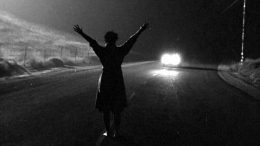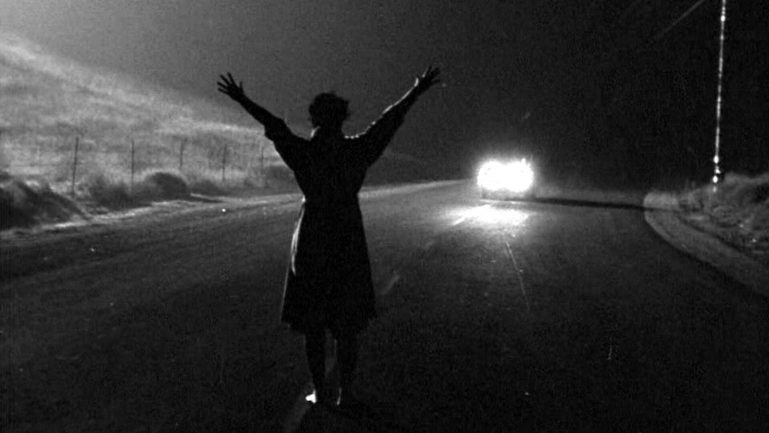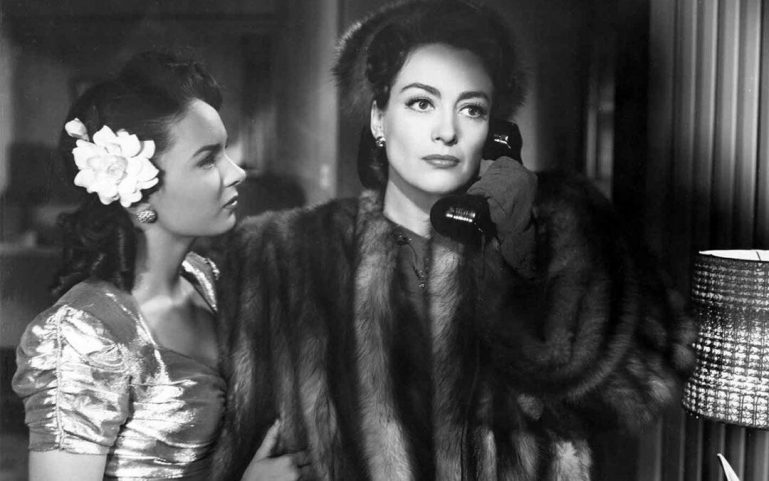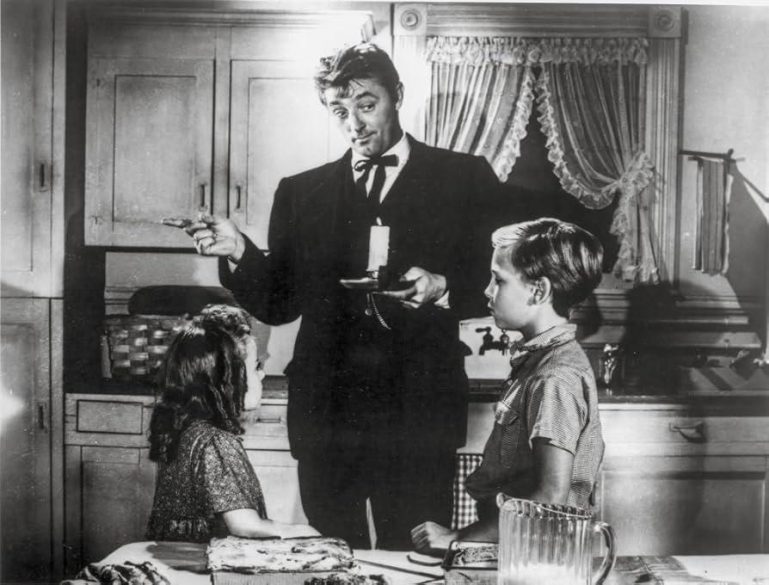
“Of all the varieties of films Hollywood produced during the flory days of the studio system, noirs hold up best.” — Eddie Muller
During my junior year at SUNY New Paltz, I took a course on film noir taught by a brilliant professor. His course taught me the multifaceted elements of cinema, and he always exuded excitement about the topic. Film noir resembles a choose-your-own-adventure with the mayhem of crime because the audience is also doing the work. They decide to invest in the hero, who is guilty of a crime that they did not commit or is trying to uncover the truth behind one, the corrupt villain or both as one in the same. Sometimes, everyone involved is morally ambiguous and has an ulterior motive.
What struck me the most about film noir is how timeless it remains in media as well as the cultural and political ethos. There are still various forms of the cinematic genre on the smaller screen, like the new Batman animated series, as well as older television programs like “Breaking Bad.” At times, characters sprinkle dry humor with a splash of cynicism to cope with what comes toward them, like a femme fatale or a mad scientist. Each film also acknowledges absurdity within the American landscape that consistently speaks to audiences throughout the 21st century.
Thanks to cinema classes as well as access to these gems through the Internet Archive, more individuals can discover these cult classic films.
Here are the five best film noirs ranked by me:
1. Kiss Me Deadly (1955, dir. Robert Aldrich)

Kiss Me Deadly – Sourced from Internet Archive
Robert Aldrich’s film captivates its audience with its introduction. It opens with a woman, Christina (Cloris Leachman), in trouble, heavily panting and running barefoot on the road from an ominous threat, when she gets picked up by a private detective, Mike Hammer (Ralph Meeker). Aldrich’s film carries an eerie feeling that leaves the viewer on edge until the end title washes over the screen. It implies horror with the backdrop of crime and also touches upon social issues that are linked to the 1950s. Its relevance can still be seen in contemporary cinema, as well as television with its bleak cinematography.
2. Mildred Pierce (1945, dir. Michael Curtiz)

Mildred Pierce – Sourced from Internet Archive
Mildred Pierce (Joan Crawford) is an everyday woman facing many challenges that remain relevant. After Mildred separates from her husband (Bruce Bennett), she struggles on her own to raise her two daughters, Kay and Veda. Veda (Ann Blyth), grows up into a corrupted, venomous creature in Mildred’s life. It’s the perfect Mother’s Day film because it makes a person appreciate the mother they have, or, for mothers, it can also help them cherish not having a Veda in their lives to darken their doorstep. Its examination of a complicated relationship between a mother and her daughter is timeless and is also incredibly campy at times, which is always fun with Crawford.
3. Double Indemnity (1944, dir. Billy Wilder)

Double Indemnity – Sourced from Internet Archive
Billy Wilder’s film opens with Walter Neff (Fred MacMurray), who has hit rock bottom and is wounded by a gunshot. Walter’s story entails his job as a sleazy insurance salesman and relationship with Phyllis Dietrichson (Barbara Stanwyck). It remains a beloved favorite of mine because of how it takes the viewer down a rabbit hole of corruption and deception. Stanwyck is also magnetic as an actress in every scene she is in — her gaze locks the viewer in.
4. The Third Man (1949, dir. Carol Reed)

The Third Man – Sourced from Internet Archive
Suppose someone was traveling all the way to a foreign country to see their childhood friend for a job. Upon arrival, this person finds out that their friend is being buried after being hit by a car. Carol Reed’s film opens with this premise, following a writer named Holly Martins (Joseph Cotten). Holly is driven by his own ego and decides to stay in order to uncover the mystery behind Harry’s (Orson Welles) death as everyone at the funeral has a different story about Harry. Fair warning — after watching this film, one may see spiral staircases in a darker light. Cotten embodies the restlessness of a caricature throughout the film, and Welles does as well. Reed’s film remains one of my favorites because of how it hooks the audience member in the second act — who can we really trust?
5. The Night of the Hunter (1955, dir. Charles Laughton)

The Night of the Hunter – Sourced from Internet Archive
This story carries the blackness of evil, embodied by a killer and self-proclaimed man of God named Harry Powell (Robert Mitchum). Unfortunately, the recently widowed mother to John and Pearl, Willa Harper (Shelley Winters), has become Harry’s new target. Despite being panned by critics upon release, this film remains a classic with its cinematography by Stanley Cortez and spellbinding acting. Not only is it film noir, but it is also a mixture of Southern Gothic storytelling and horror. The mixture of all these genres allows for the viewer to be captivated by a film that feels like its own work of art. Charles Laughton’s film is a masterpiece that allows viewers to feel a profound sense of empathy for its characters. Despite their young age, the children fight against darkness to find light.
Natasha Hendler is a second-year graduate student pursuing a master’s degree in French and a certificate in translation studies.
Views expressed in the opinions pages represent the opinions of the columnists. The only piece that represents the view of the Pipe Dream Editorial Board is the Staff Editorial.


